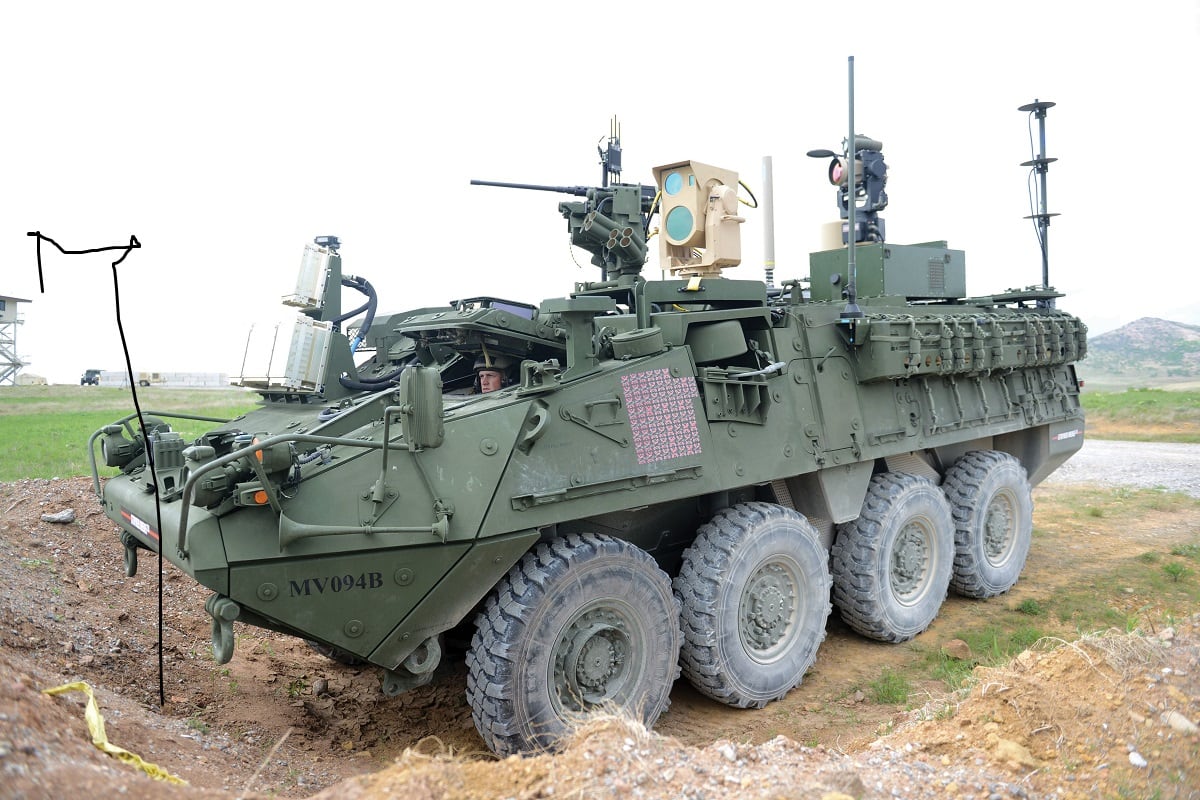HUNTSVILLE, Alabama — The U.S. Army plans to field a high-power microwave capability to destroy drone swarms as part of its Indirect Fires Protection Capability system under development.
Through the Army’s Rapid Capabilities and Critical Technologies Office, the service is looking to field the capability to a unit by 2024 with a demonstration planned in 2022, the RCCTO director said Aug. 7 at the Space and Missile Defense Symposium.
RCCTO’s job is to serve as a bridge between the science and technology community and the program executive offices, helping bring technology out of development and into soldiers’ hands, first on a small scale and then a larger scale when passed off to program offices. The RCCTO is primarily focused on hypersonics and directed-energy weapons.
RELATED

The Indirect Fires Protection Capability, or IFPC, system is being developed to counter rockets, artillery and mortars, as well as cruise missiles and unmanned aircraft systems; the means to do that would be through a system featuring multiple types of missiles and also a laser capability to neutralize threats. Adding lasers to the mix means decreasing the number of expensive shots that would be taken against inexpensive weapons.
The Army is working to initially field a 100-kilowatt laser capability on a Family of Medium Tactical Vehicles as part of the IFPC program, with a plan to demonstrate the capability in 2022 and then field prototypes to a unit. The RCCTO is also looking into fielding more powerful lasers for the IFPC mission — between 250 and 300 kilowatts.
But the service recognizes it might be easier to disrupt the flight of multiple drones at once rather than try to individually destroy each one with a laser.
“Lasers can do things, but if you are a combatant commander, there is a toolbox of things you need to be successful on the battlespace,” Thurgood said. “It’s not just one tool but a series of tools.”
And so the program is teaming with the Air Force’s to develop a high-power microwave capability, he said. The Air Force will perform the research and development work, and the Army will supply the funding to build prototypes.
The goal is to demonstrate a high-power microwave capability in 2022 and then field the capability to a small unit, much like what the RCCTO will do with the IFPC high-energy laser system.
If the laser and high-power microwave capability both work well in small units, then they will transition to programs of record within the IFPC program, Thurgood said.
Earlier this year, the Army awarded a contract to Dynetics, who is partnered with Lockheed Martin and Rolls-Royce, to build the 100-kilowatt laser system for IFPC.
The Army is also rapidly fielding a 50-kilowatt laser on a Stryker combat vehicle. Raytheon and Northrop Grumman are competing to build the system, and the two lasers will be tested in FY21. The service will build prototypes that will be fielded to a platoon in FY22.
Jen Judson is an award-winning journalist covering land warfare for Defense News. She has also worked for Politico and Inside Defense. She holds a Master of Science degree in journalism from Boston University and a Bachelor of Arts degree from Kenyon College.








